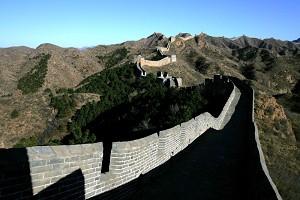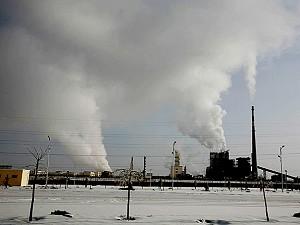TAIPEI—A recent report released by China’s National Development and Reform Commission (NDRC) reveals that despite continuous economic growth in rural counties over the two decades, there exist certain economic development issues at the county level. Each county, on average, has an accumulated deficit of 100 million yuan (US$14.28 million), said the report.
The Farmer’s Daily cited the report as saying that at present China’s every county has average deficit of about 100 million yuan, and the number of deficit counties account for 75 percent of the country’s total.
County-level finance is basically “mouth-feeding budget (a budget much of which is used for a burgeoning government payroll),” thus the risk of finance debt has not been brought under complete control, said the Farmer’s Daily .
According to the report by the NDRC, the regional distribution characteristics of county-level economic development correspond with the general pattern of that, while the gap in economic prosperity at the county level between eastern and western China continues to widen.
So far, 204 counties have total balance of financial revenue and budgetary revenue exceeding 500 million yuan ($71.4 million). Among those, 144 are in eastern China, 20 in central China, 26 in western China, and six in northeastern China.
Farmers’ per-capita net income in 118 counties reaches 6,000 yuan ($856.84). Sixty seven percent of these counties are included in the provinces of Jiangsu, Zhejiang, and Shandong.
The report points out that currently the county-level economic development has a relatively low level of industrial structure, with insufficient economic development resources. Twenty five percent of the county-region economy is agriculture, primary industry, while only 11.7 percent of the GDP in 2007 derived from primary industry.
The figures show that economies at the county level are, overall, still characterized as “big county in agriculture, small county in industry and poor county in finance.”



